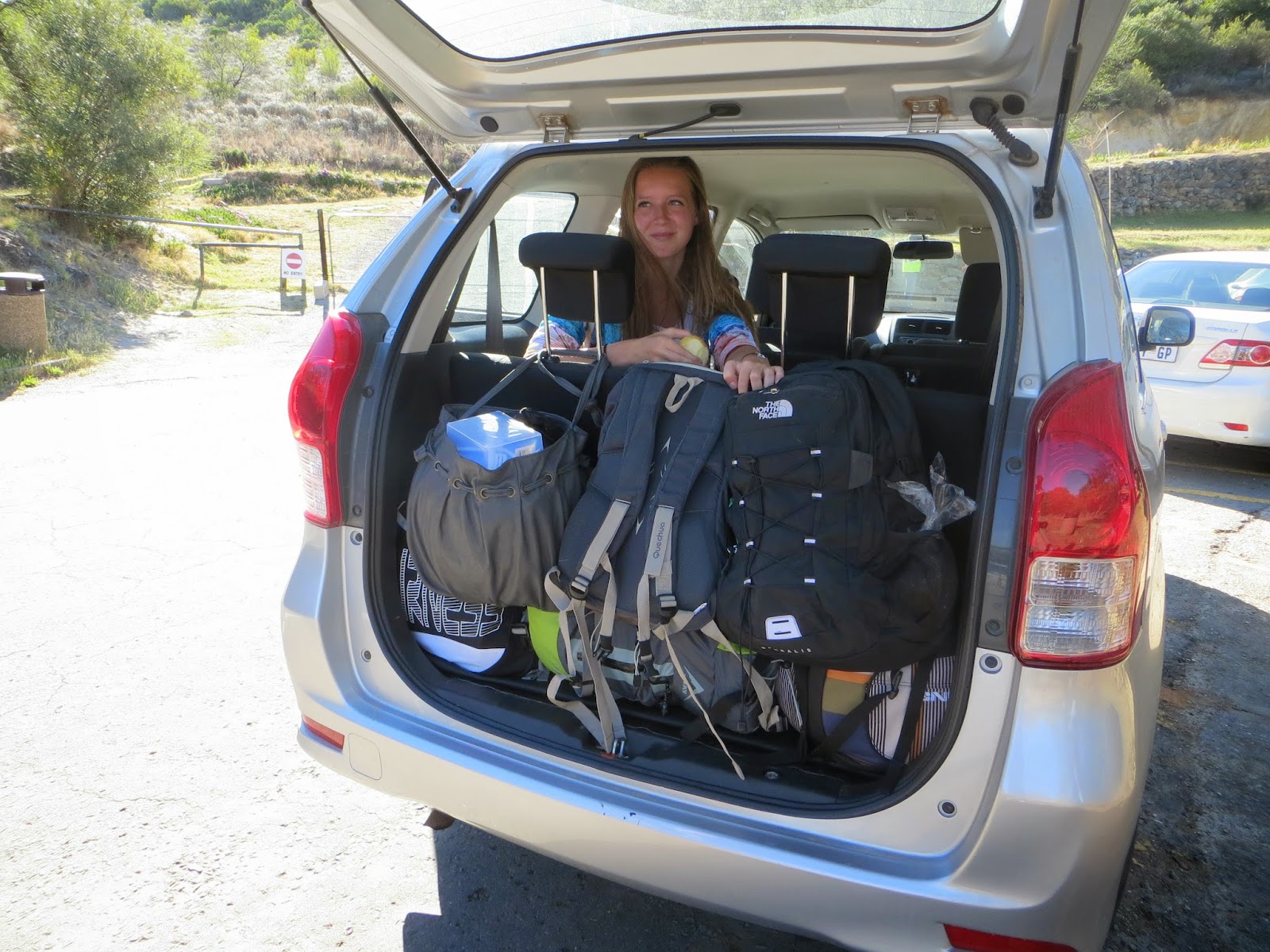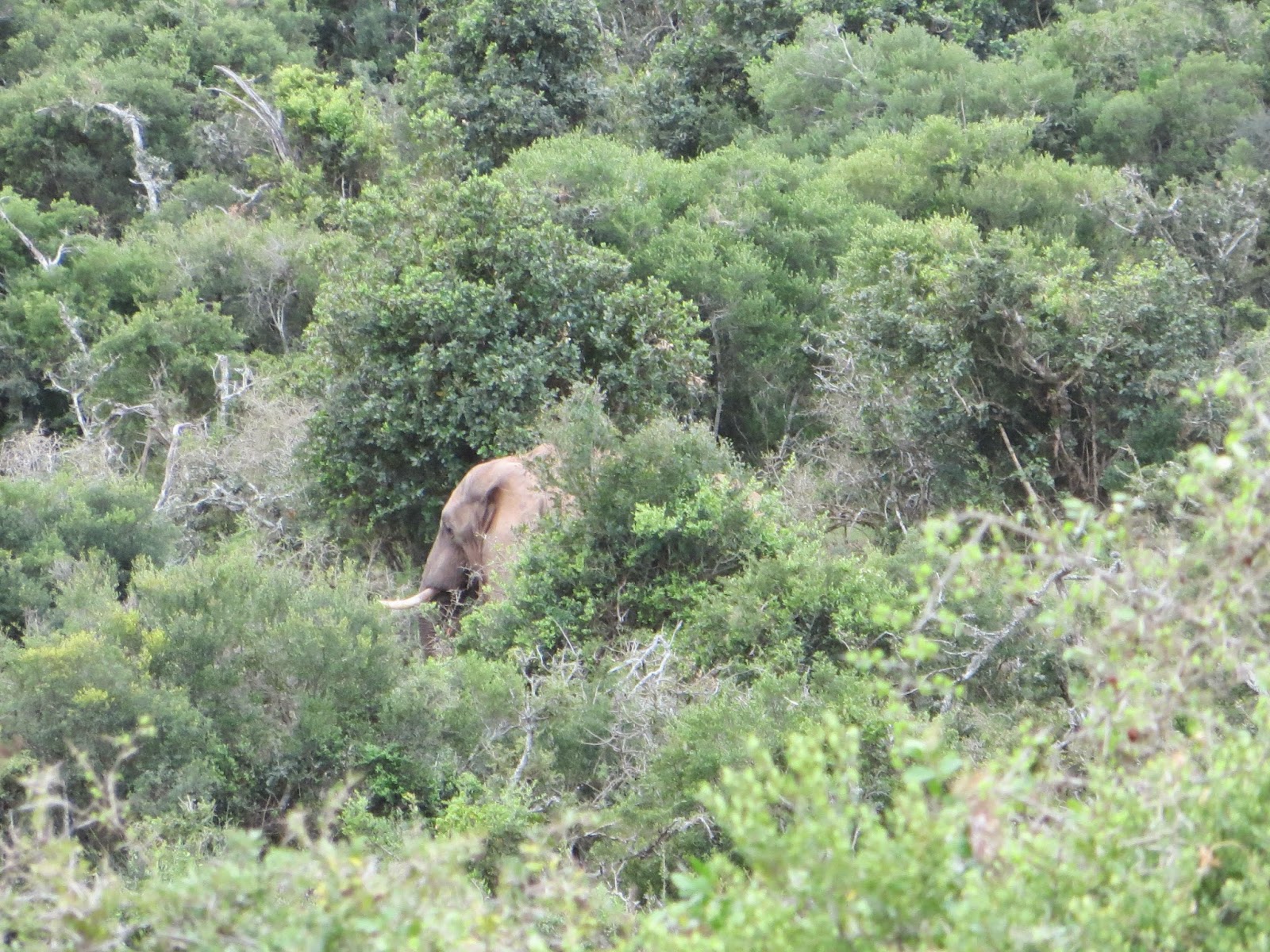Finally.. New article! I am sorry
for such a delay, however the end of semester - yeah, right, while for some of you
the semester only begins, I have (summer!) holidays in two days – was little
bit busy. I had few essays to hand in and some exams (even though it still
remained pretty easy compare to Paris… exchange semester is really cool in this
regard J )
and also I have still continued enjoying my life here in Western Cape (braais,
surfing – yes, I began to surf and it’s really amazing!, but it’s another story
now; music festival and so on and so on… ). So… in conclusion: no time for the
blog. Sorry. So I will try to put it right now.
Do you remember the Voluntary Community
Engagement programme that I mentioned in the first article? Since it is the end
of semester, it also means the end for this programme. Thus, since I went
through all of it, now I can write little bit more about it than just few first
impressions.
So.. what is it do you ask? Students
from Stellenbosch University (mostly international, just few South Africans),
go every Friday morning to the Ikaya primary school in Kayamandi, township in
Stellenbosch. (If you do not know what the township is, check our friend Wikipedia). There was also another one on Tuesday afternoon when participants went to
another school to another place. But since I participated only to the Friday
one, I am going to speak only about this one.
During our first visit, we were
divided into small groups of five to seven students and then we went to
classes. This programme has focused on the pre-school children, five to six
years old. For them, it has been the
first experience of the school this year. Our main purpose was to have fun with
them, to show them that school may be lot of fun and thus to try to make them
think positively about the school.
We attended our class every
Friday morning (every group got one class which remained the same for the whole
semester). We were there in the presence of their usual teacher who helped us
to explain all activities. However, the programme was up to us. There was a
different topic every week: jobs, water, fruits, vegetables, dairy farm, healthy
environment, festivals, reptiles, spring and maybe I have forgotten some. The
topic was told us a week ahead and so we had a week to prepare the programme. It
could be anything: colouring, cutting, singing, running, playing games outsides
and so on and so on. Then, we organized the class on our own, the normal
teacher was there just to help us.
Population of Kayamandi is black
and isiXhosa speaking. Thus, we had to face a language barrier: while adults
usually speak English, it is not the case of five year-olds. Thus, we had to
help ourselves with the sign language and above all a great teacher M helped us
a lot since she translated almost everything (Enkosi!) At the very beginning, I
did not really know how to communicate with children. They were talking to me in
isiXhosa with all those nice clicks but I did not understand anything. I was
talking to them, slowly, in a basic English, they did not understand anything
(even though little bit more than me from their isiXhosa…). But step by step I
learnt that I can communicate with them even without a common language: thumb
up, high five, smile… it works. And “good job” – they understand this.
Unfortunately, due to this
language barrier, we could not have a normal conversation with them: about what
did they do during the week, how is their family and so on. Thus we have not
discovered anything about their background - what I would love to.
Just one short story that might
suggest something about the family background of one little boy: that day, the
topic was a dairy farm. We brought a milk glass bottle and asked children: “do
you know what it is?” And one replied: “brandy bottle!” Well… how does it come
that a five year-old boy thinks about brandy when he sees a glass bottle?
However, no other indications
about their backgrounds. Often people think about very poor people, starving,
and about thriving criminality, when one say a black township. Nevertheless, it
is important not to generalize. I am not an expert in townships, I have not
seen much so far but from what I have seen so far, I would conclude that there
are also huge disparities within townships and between different townships. Indeed,
we can find there people living in shacks, in one shack up to ten or even more
people without a basic sanitation provided. However, there are also some that
have quite a “normal” house (not really a nice house everybody would dream
about but where all basic services are provided and one can live in a dignity).
Children in Ikaya school had enough to eat during the lunch break. Also, they
were wearing quite a nice, clean clothes when it was a “casual day” (usually
they wear uniforms but several times it was a special day when they could come
in their normal casual clothes). So, it didn’t seem to me they would be
starving or something.
Furthermore, in most of cases,
they were surprisingly calm and well-behaving. But we have thought that maybe
it was also due to their teacher M. – a great lady and great teacher: strict
when she should be, but also a very kind person. Thus children have respect of
her but they like her. In one other class, children were apparently quite
aggressive, I heard.
Thus, we spent in total ten weeks
with these wonderful children. And I would say it was quite short. Also, we
spent only two hours every Friday with them. In the beginning, they were
foreign kids to me and I did not know how to talk with them but at the end,
even though I still could not speak much with them, I felt we became closer. They
also became much more open and friendly progressively: you do not always need
words if the child can just come to you and give you a big spontaneous hug. And
they love hugs – they especially love being lifted up and carried around…
sometimes it was quite exhausting.. they did not want to understand that I am
not a superhero and that carrying two of them at once is quite hard for me… at
least I did not have to go to the gym those days.
And I even could remember most of
their names at the end! (even though… not all names… isiXhosa names are pretty
difficult to memorize – and yet more to pronounce!)
I am really happy that I
participated to this project: I had lot of fun and I learnt some things… mainly
about me (I would not imagine I can be so natural and spontaneous with little
children… actually, I can and I really love playing with them). Some my friends
have been a bit more sceptical about impact we have had on children. I am not
sure if I really helped in something either. But at least, they had lot of fun
with us and they are going to have good memories of their beginning of the
school. But, I am also little bit sceptical how it would help them for their
future education. Did it help to make them love the school? Did it help to teach
them English a bit? Did it help to make them discover other cultures (meaning
Western culture since most of us were Western students) than theirs is? Maybe
little bit…





























































